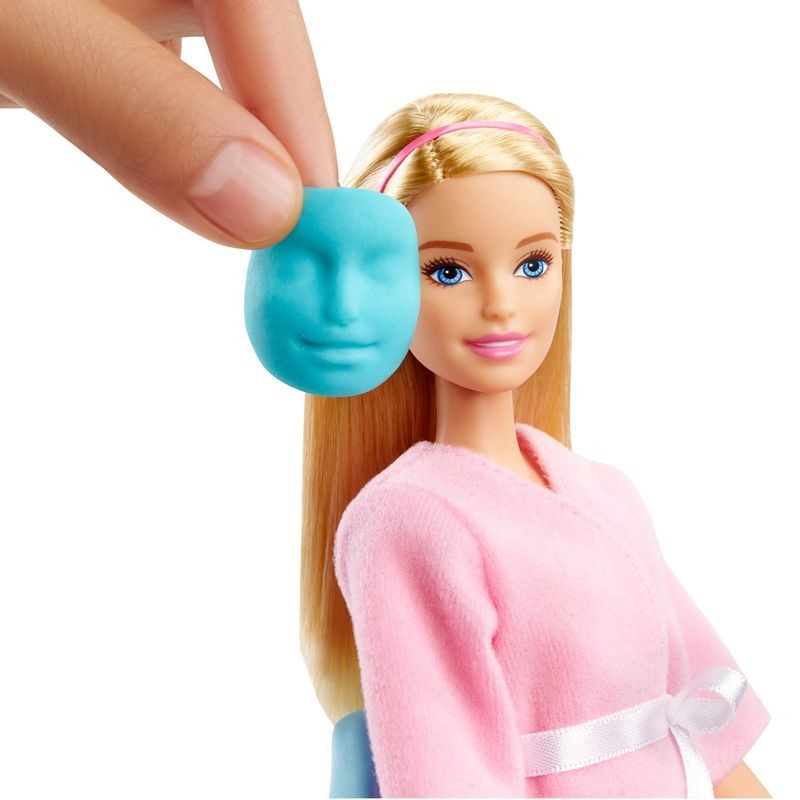
There was once a girl a long time ago. A girl who liked pink and who played with barbies. When she grew older and learned to read, she was so fascinated by the bright and romanticized world of dolls that she researched about them. She discovered that barbies were created in the United States of America on 9 March 1959 by businesswoman Ruth Handler, following the model of the German Bild Lilli doll. Barbie, after being purchased by Mattel, was considered the company's most famous and profitable doll.
Having discovered the story behind her favourite toy, the girl happily sat in front of the television watching her favourite doll's movies. She was then going through the boring part of the advertisements when Barbie's motto appeared on TV. “You can be anything you want”. The girl wanted to be a doctor. She took the motto as encouragement and worked towards her dream every day.
But as it happened, Barbie turned out to be her biggest disappointment. “You can be anything you want”. 1.75 m tall, 45.7 cm waist, 55.8 cm head circumference and 22.6 cm neck circumference. Her legs don't touch each other. She is blonde and has blue eyes. These are the characteristics of an ordinary Barbie doll. However, in the country where she was raised, a 19-year-old girl is, on average, 1.63m tall, 85.4cm in waist, 50.8cm in head circumference, 38.1cm in neck circumference. The thighs touch each other.
Barbie, who by then had become the most celebrated beauty icon in the world among young women, now represented virtually unattainable standards of beauty imposed on all vulnerable children. And the strangest thing, the unrelenting paradox of all this is that it presented itself as an inspiring symbol that encouraged girls, especially, to be whatever they wanted to be. But they could never be Barbie.
Although nowadays dolls are more heterogeneous when it comes to body types and even skin colour, there is a long way to go before we reach a balance. Barbie, until today, remains one of the biggest references when it comes to the perfect body.
This girl I was talking about at the beginning is now grown up. She still wants to be a doctor, join the Faculty of Medicine of the University of Lisbon (FMUL) but she no longer follows Barbie. She hopes that in the future we will reach peace with regard to body complexes generated by unattainable standards of beauty.

Lúcia Diógenes e Nogueira
Eldest daughter of Professor Maria José Diógenes


